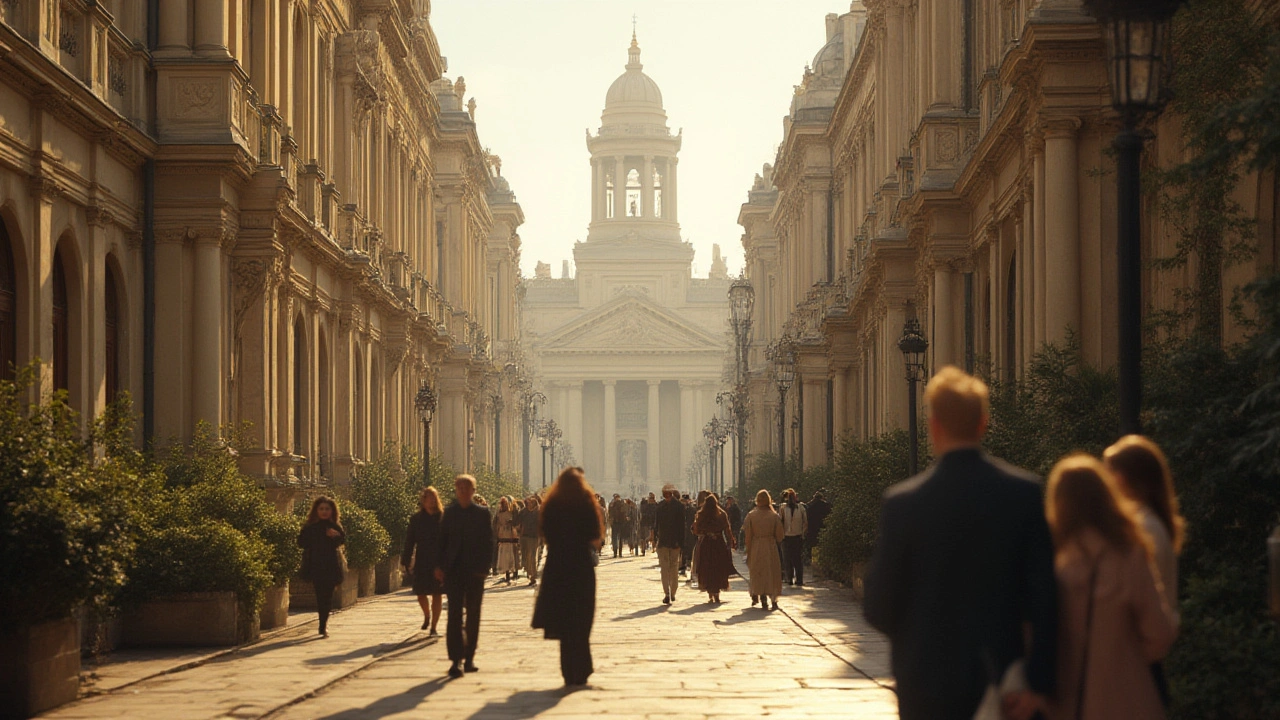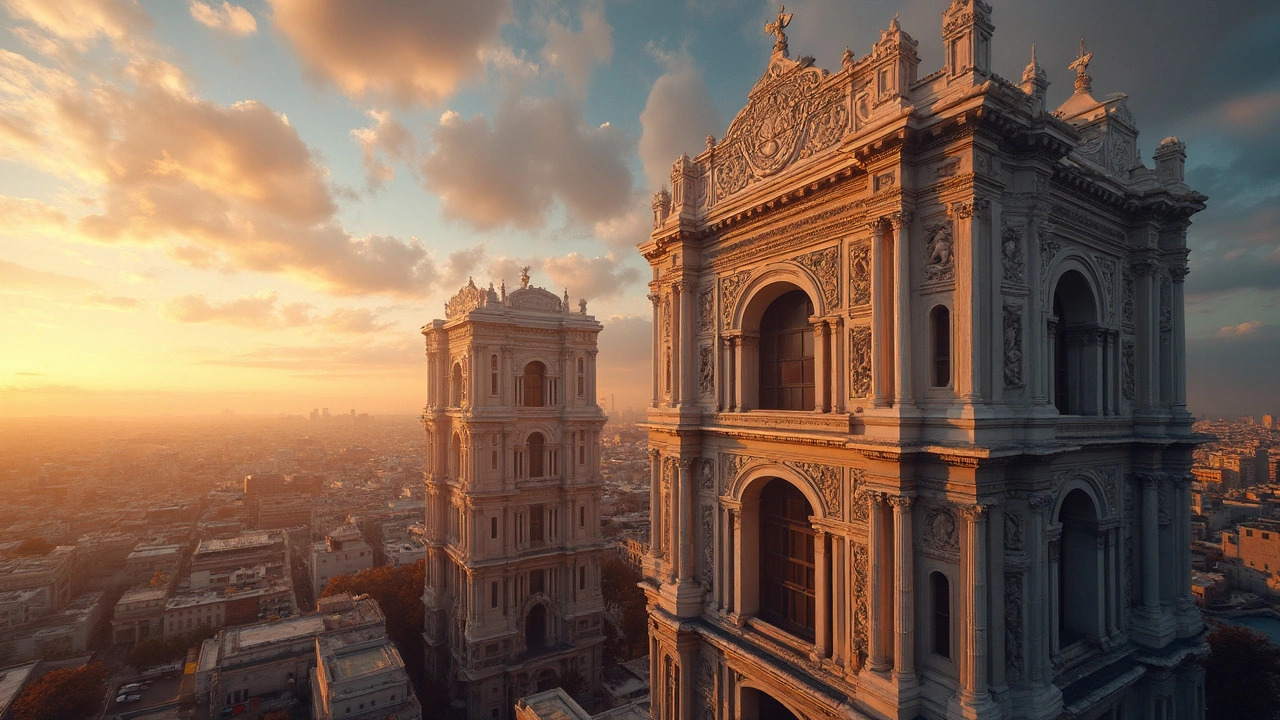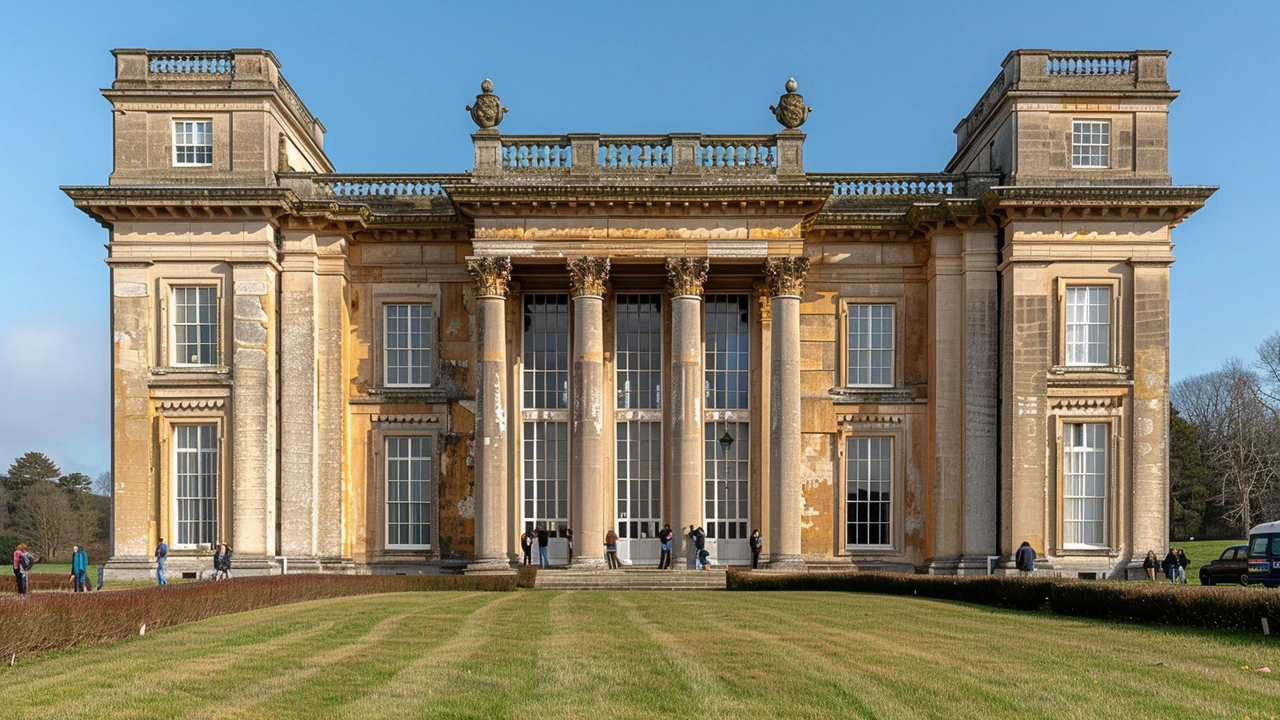Renaissance Revival Architecture: How to Spot It and Use It
Ever walked past a building that looked like a small Italian palace and wondered what style it was? That’s often Renaissance Revival. It borrows from 15th–16th century Italian architecture but was built mostly in the 1800s as a confident, decorative response to industrial cities. The look feels formal and grand without being overly baroque.
Renaissance Revival was popular for banks, libraries, museums, and big homes. Architects used those classical cues to signal stability and taste. If you want a quick ID guide, focus on proportion, balanced windows, and stone-like materials that read as solid and permanent.
What to look for on the outside
Start with the facade. Renaissance Revival buildings often use a palazzo model — think flat front, wide cornice, and horizontal divisions called string courses. Windows usually line up in rows and often have rounded or arched tops on ground floors and rectangular shapes above.
Look for classical details: pilasters or engaged columns, pediments over doors or windows, rusticated stone blocks at the base, and a heavy cornice crowning the roofline. Quoins (the corner stones) and decorative brackets under the cornice are common. Materials include stone, stucco, and terra-cotta; sometimes brick is dressed with stone trim.
Doors tend to be formal and centered, often framed by columns or an ornate surround. Balconies and balustrades show up on upper floors. The overall effect is ordered and symmetrical — designers wanted a sense of control and refinement.
Practical tips for owners, renovators, and city lovers
Maintaining a Renaissance Revival building means caring for masonry and details. Match mortar color and composition when repointing; modern Portland cement can damage old stone and brick. Clean gently — low-pressure water and soft brushes first. Avoid abrasive sandblasting on carved stone or terra-cotta.
For decorative plaster, hire a conservator familiar with historic finishes. Small cracks can hide bigger moisture problems, so check gutters, downspouts, and flashing regularly. Keep wooden windows and doors painted and weather-sealed; replacement should match scale and profile rather than use off-the-shelf units that look wrong.
Thinking about reuse? These buildings adapt well. Big, regular windows and high ceilings suit offices, galleries, or condos. Keep major interior volumes intact where possible — a grand staircase or lobby is a selling point. When adding modern systems, hide ducts and wiring in secondary spaces to preserve original ceilings and cornices.
Spotting Renaissance Revival makes city walks more interesting and helps you read how communities showed wealth and civic pride in the 19th century. Next time you pass a palace-like block, check the cornice, count the rows of windows, and you’ll start picking out this style with confidence.

Renaissance Revival Architecture: Key Features, History & Modern Appeal
Explore the lavish world of Renaissance Revival architecture—from its rich history and signature elements to practical restoration tips and fascinating details.
Read more
The Renaissance Revival: Rediscovering Architectural Excellence
Renaissance Revival architecture, with its rich intricate details and inspiration drawn from the past, is seeing a resurgence in modern times. This style is characterized by grandeur, symmetry, and classical elements, often recalling the splendor of European historical greatness. We will explore its distinctive features, offer tips on incorporating Renaissance Revival elements into modern spaces, and highlight notable structures embracing this timeless design. Whether you're a design enthusiast or renovating your home, there's something fascinating in this architectural style.
Read more
The Enchanting World of Renaissance Revival Architecture
Renaissance Revival architecture, emerging in the 19th century, brought a renaissance of its own, showcasing intricate designs and classical elegance. This style echoes the grandeur of the Renaissance period with modern adaptations. Explore the origins, key elements, notable structures, and the profound impact it has had on contemporary architecture.
Read more